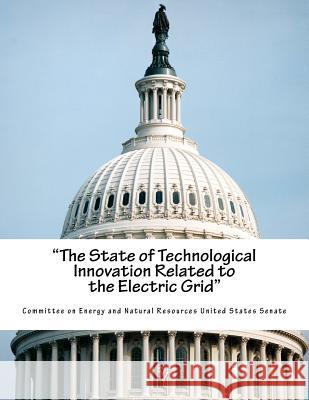"The State of Technological Innovation Related to the Electric Grid" » książka
"The State of Technological Innovation Related to the Electric Grid"
ISBN-13: 9781517449131 / Angielski / Miękka / 2015 / 432 str.
Keeping the lights on, as all segments of the industry have for the past 100 years, is not just about flicking the switch or changing a bulb. It is a highly complex and technical undertaking that requires scores of talented individuals. The grid was built incrementally, but the rate at which it changes, or is compelled to change, appears to be accelerating. A combination of market forces, technological innovation, and policy directives at both the federal and the state levels could well result in an unprecedented transformation of the electricity sector. With the rise of distributed generation and smart grid technologies, Americans are gaining more control over how they use and consume electricity, but the grid must be even more closely integrated as a result. It is always best when public policy responds to proven technology advancements. Today, however, we must hope technology can deliver solutions to meet political mandates while satisfying our expectations for reliability and affordability. The Obama Administration has rightly classified the electric grid as uniquely critical infrastructure because so many things-communications, roadways, hospitals-depend upon a functioning grid. The reliability of our nation's grid is therefore paramount, and the impact of policy directives must be seriously considered-not dismissed as somehow anti-environment or anti-future.
Zawartość książki może nie spełniać oczekiwań – reklamacje nie obejmują treści, która mogła nie być redakcyjnie ani merytorycznie opracowana.











